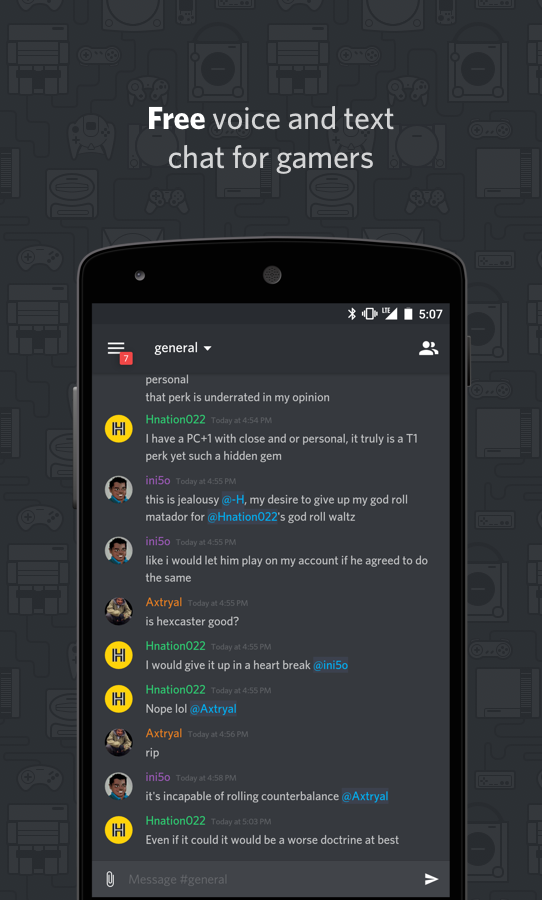
If isTemplatePresent AndAlso TypeOf inAppNotificationWithButtonsTemplate Is DataTemplate ThenĮxampleInAppNotification.Show(Tr圜ast(inAppNotificationWithButtonsTemplate, DataTemplate)) If (isTemplatePresent & inAppNotificationWithButtonsTemplate is DataTemplate)ĮxampleInAppNotification.Show(inAppNotificationWithButtonsTemplate as DataTemplate) ĭim inAppNotificationWithButtonsTemplate As Objectĭim isTemplatePresent As Boolean = Resources.TryGetValue("InAppNotificationWithButtonsTemplate", inAppNotificationWithButtonsTemplate) ExampleInAppNotification.Show("Some text.") ĮxampleInAppNotification.Show("Some text.")īy using a UIElement (with a container as parent, ex: Grid) var grid = new Grid() īy using a DataTemplate object inAppNotificationWithButtonsTemplate īool isTemplatePresent = Resources.TryGetValue("InAppNotificationWithButtonsTemplate", out inAppNotificationWithButtonsTemplate) You have multiple options to show an in-app notification.īy simply displaying the notification using the current template ExampleInAppNotification.Show() īy using a simple text content. Object will be displayed using the InAppNotification.ContentTemplate data template.Įvent raised when the notification is closedĮvent raised when the notification is closingĮvent raised when the notification is openedĮvent raised when the notification is opening Show notification using object as the content of the notification with a display duration. Show notification using UIElement as the content of the notification with a display duration Show notification using DataTemplate as the content of the notification with a display duration Show notification using text as the content of the notification with a display duration Show notification using the current template Store every notifications to show, when you show a notification it will be displayed in priority (in the reverse order of QueueBehind mode) Store every notifications to show, when you dismiss a notification the remaining ones will be displayed successively You can change this behavior with one of these values: StackMode propertiesĭefault mode, replace previous notification Gets or sets a value indicating the vertical offset of the popup animationīy default, each time you display an in-app notification using the same control, each notification will replace the previous one. Gets or sets a value indicating the stack mode of the notifications Gets or sets a value indicating whether to show the Dismiss button of the control Gets or sets a value indicating the horizontal offset of the popup animation As with the iPhone, third-party ringtone apps are another option for customizing your sound library.Gets or sets a value indicating the duration of the popup animation (in milliseconds)
Favorite text notification android#
The steps for assigning certain ringtones to contacts on Android phones are usually similar, but they may vary based on the version of Android, the wireless carrier and the phone manufacturer. If you do not care for the stock offerings, tap Buy More Tones at the top of the screen to sample the options crafted from popular songs ringtones are priced at $1.29. If you also want to assign a specific ringtone to that person for telephone calls, tap Ringtone on the contact screen and choose a sound clip from the Ringtones list.

(If you do not find the tone you want, tap Buy More Tones at the top of the screen, which takes you to the iTunes Store and its selection of brief, 99-cent audio snippets from “Star Wars,” “Star Trek,” Beethoven’s Symphony No. Once you’ve found the tone you want to use, select it and tap the Done button in the upper-right corner of the screen. You can hear a sample of the sound when you tap it. Scroll down to the Text Tone line, select it and choose another alert sound from the list.


 0 kommentar(er)
0 kommentar(er)
